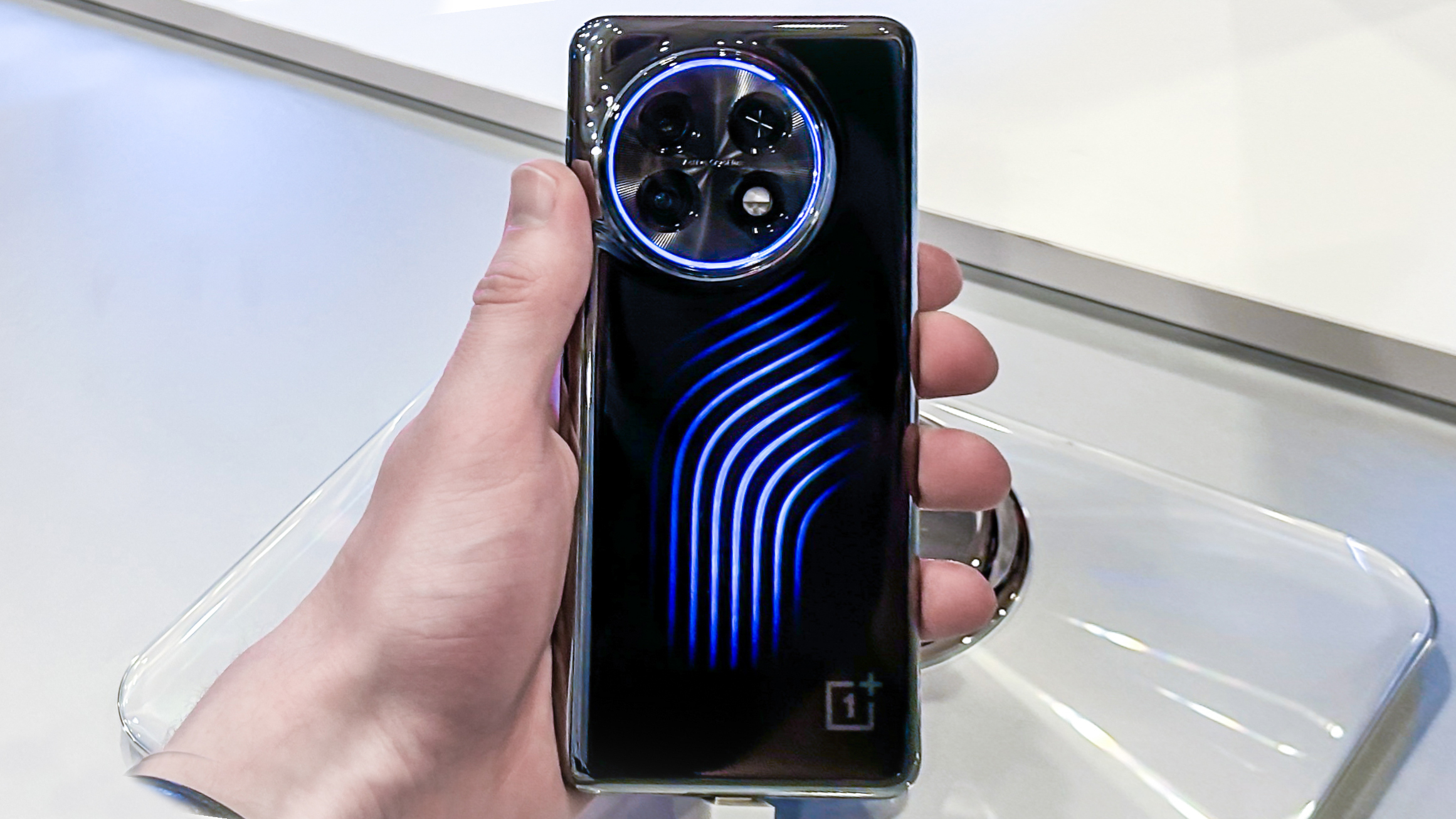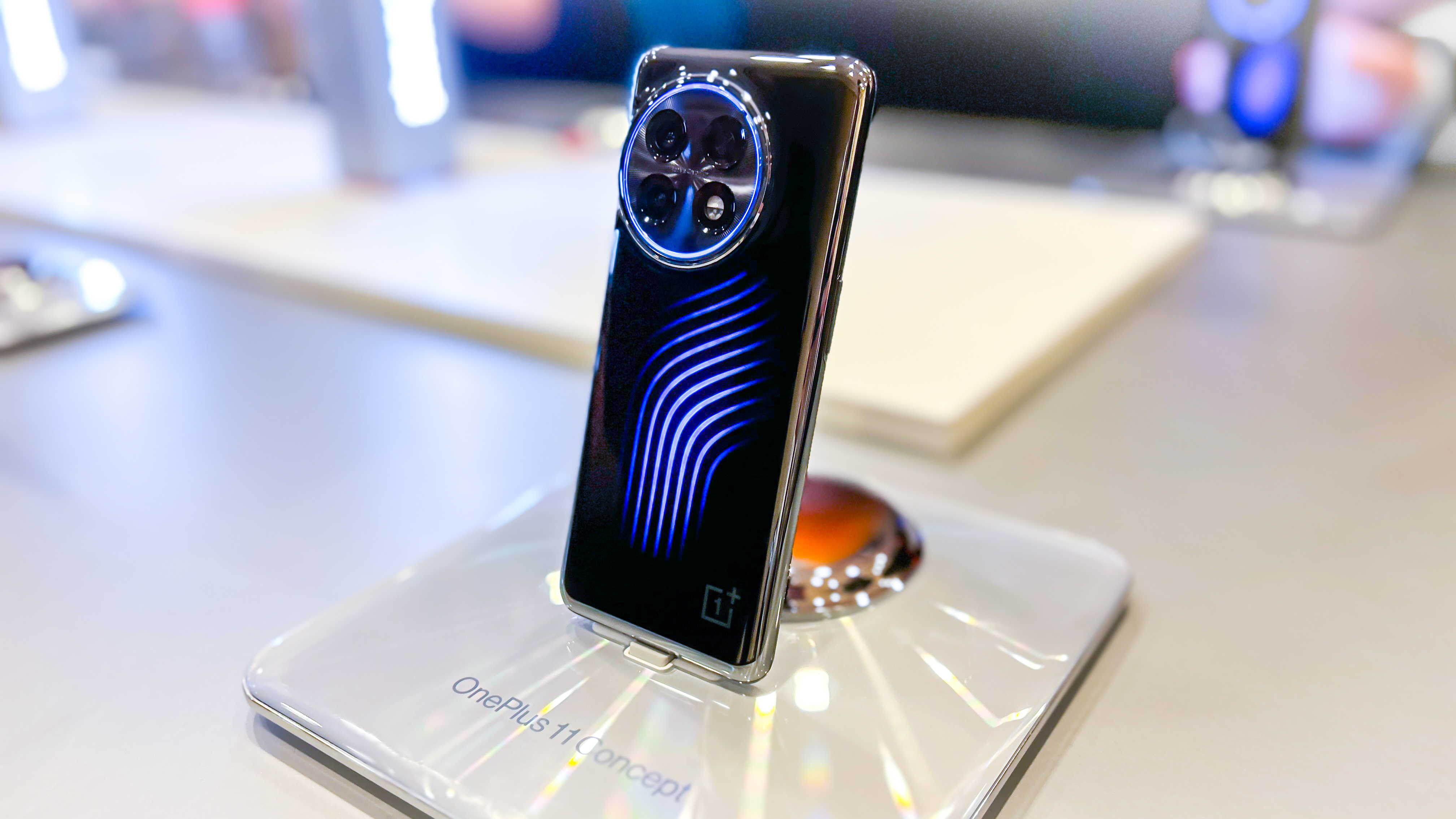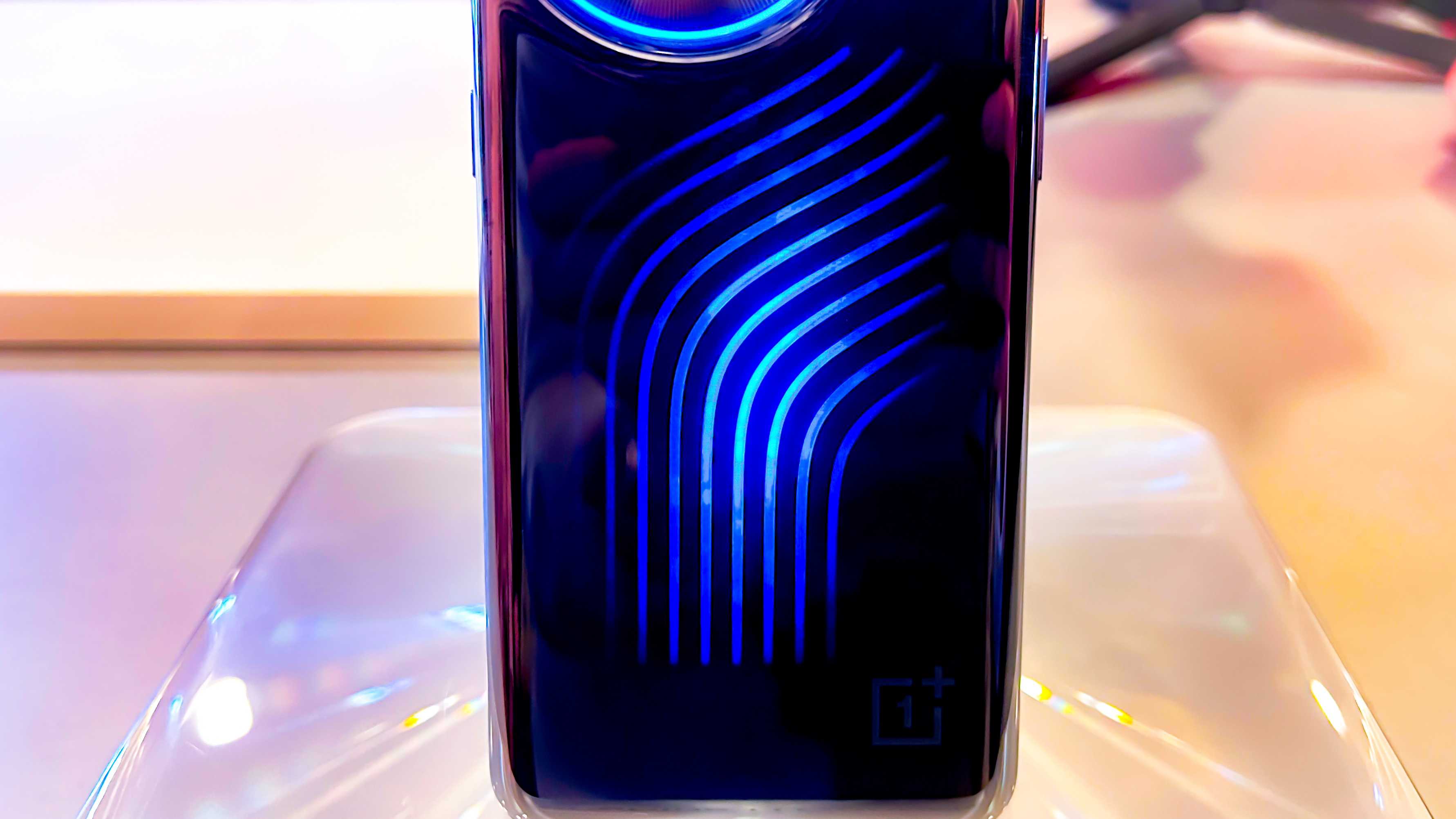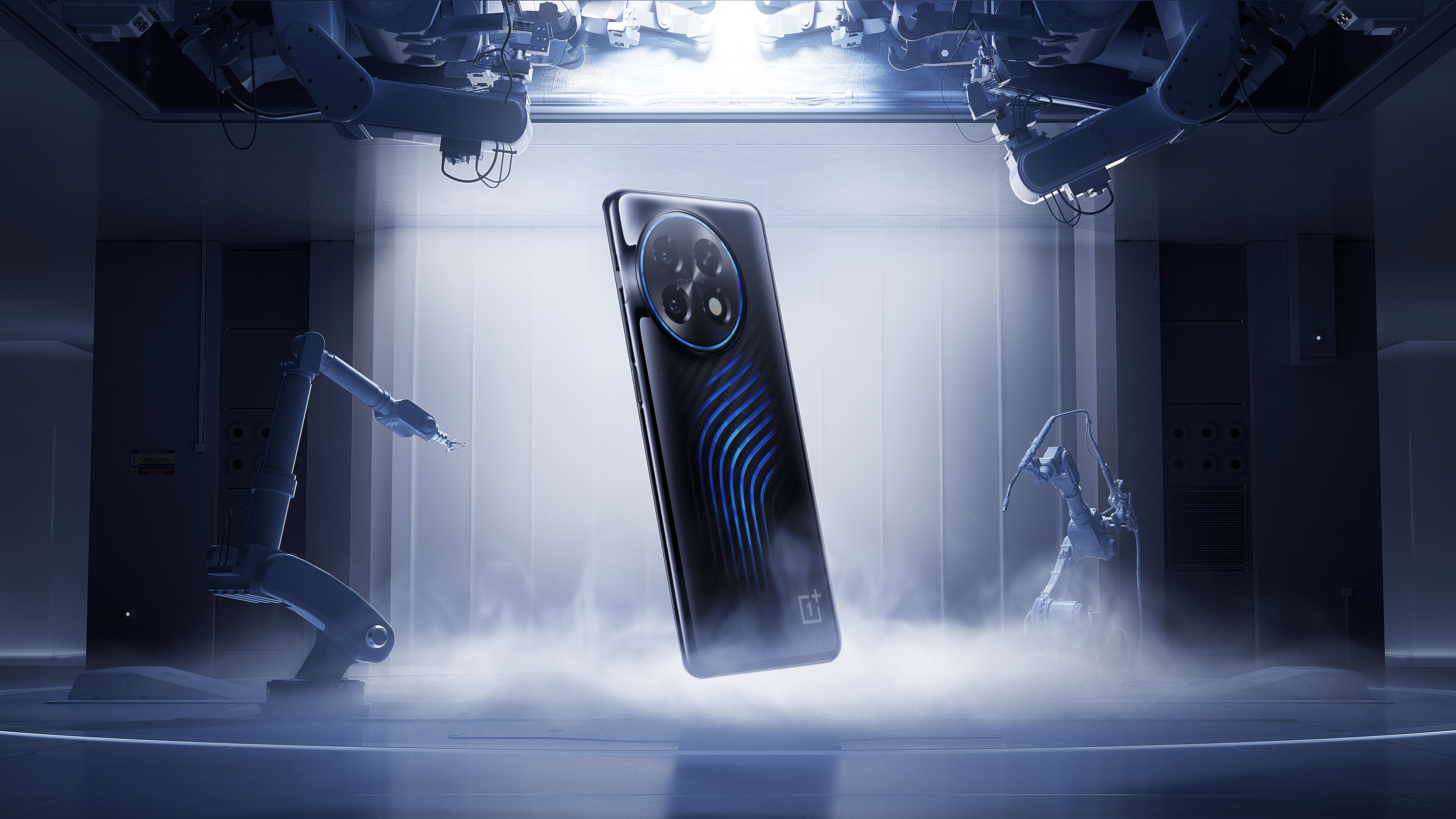
When OnePlus teased its OnePlus 11 Concept ahead of MWC 2023 earlier this month, we were quick to speculate that the mysterious device looked more like a gaming PC than a phone.
Well, as it turns out, that assessment wasn’t too far wrong. Having now handled the OnePlus 11 Concept for ourselves at the annual Barcelona trade show, we can confidently say that this phone is indeed the most gaming PC-like handset we’ve ever seen. But hold the applause, because we also know that the OnePlus 11 Concept definitely won’t be earning a spot on our list of the best gaming phones any time soon.
Unfortunately, the OnePlus 11 Concept is just that: a concept. In essence, it’s a prototype version of the OnePlus 11 (you can read our thoughts on that phone in our OnePlus 11 review) that’s intended to demonstrate how gaming PC-style liquid cooling technology can be applied to future OnePlus smartphones – which is certainly a neat idea, albeit one in the early stages of development.
That said, the OnePlus 11 Concept does operate as an actual phone. The models we were able to handle at MWC looked and felt like actual devices we might purchase, complete with scrollable screens and working operating systems, which is an achievement in itself on OnePlus’ part.


Active CryoFlux is the suitably futuristic name OnePlus has given to the active cooling technology at work inside the OnePlus 11 Concept, and the company’s description of how this system operates is even more Doctor Who-esque.
Per OnePlus: “Active CryoFlux features an industrial-grade piezoelectric ceramic micropump at its core, connected to pipelines sandwiched between an upper and lower diaphragm. The micropump takes up an area less than 0.2 cm-squared, enabling cooling liquid to circulate around the pipelines without significantly increasing the OnePlus 11 Concept’s weight and thickness.
“The clear back delivers a mesmerizing view of the Active CryoFlux pipelines at work. The rear cover also features a magnetron-spluttering coating where metal and alloy are deposited in tiny amounts onto the case using an electric field.”
Get daily insight, inspiration and deals in your inbox
Sign up for breaking news, reviews, opinion, top tech deals, and more.
Piezoelectric ceramic micropump? Magnetron-spluttering coating? In truth, we’re not entirely sure what all of this means – but it sounds cool, and that’s good enough for us to take notice.

In terms of the practical benefits of Active CryoFlux, OnePlus says the system has, during laboratory tests, been shown to be capable of bringing down a phone’s temperature while gaming by up to 2.1°C, improving the tested game’s frame rate by 3-4 frames.
Active CryoFlux was also shown to reduce the tested phone’s temperature by 1.6°C during charging, shaving 30-45 seconds from its overall charging time.
Sure, those might read like negligible improvements on paper, but if active cooling technology can be proven to equal or better the cooling capabilities of weighty smartphone fans, then we’re all for it.
Besides, what sort of person doesn’t want a luminous, “glacial” zigzag running down the back of their phone? Count us in, OnePlus.

Axel is TechRadar's UK-based Phones Editor, reporting on everything from the latest Apple developments to newest AI breakthroughs as part of the site's Mobile Computing vertical. Having previously written for publications including Esquire and FourFourTwo, Axel is well-versed in the applications of technology beyond the desktop, and his coverage extends from general reporting and analysis to in-depth interviews and opinion. Axel studied for a degree in English Literature at the University of Warwick before joining TechRadar in 2020, where he then earned an NCTJ qualification as part of the company’s inaugural digital training scheme.